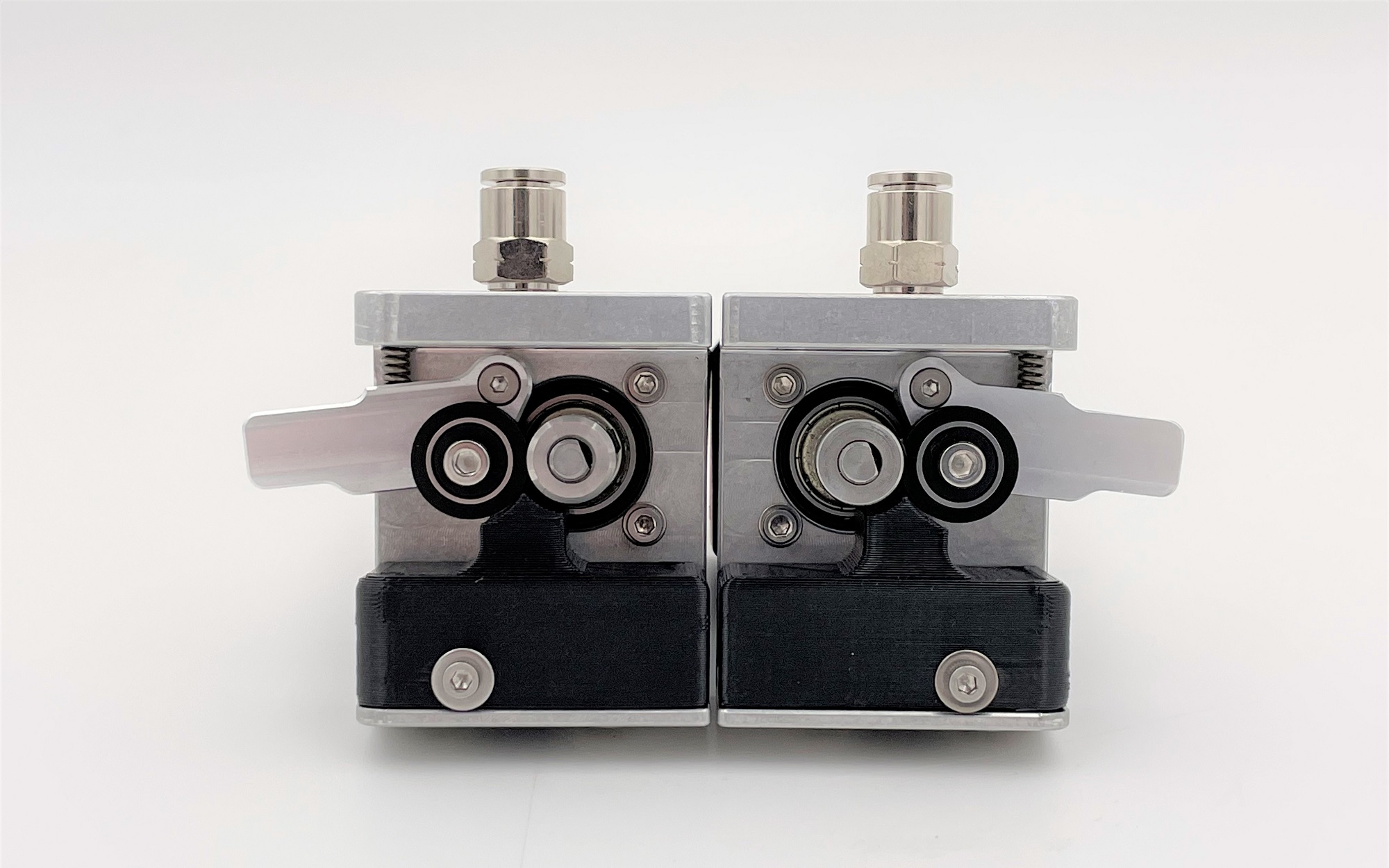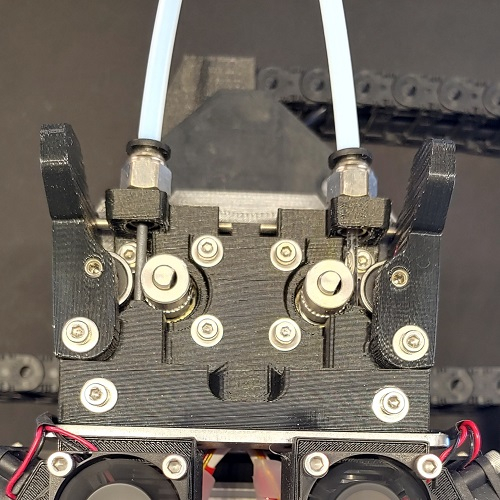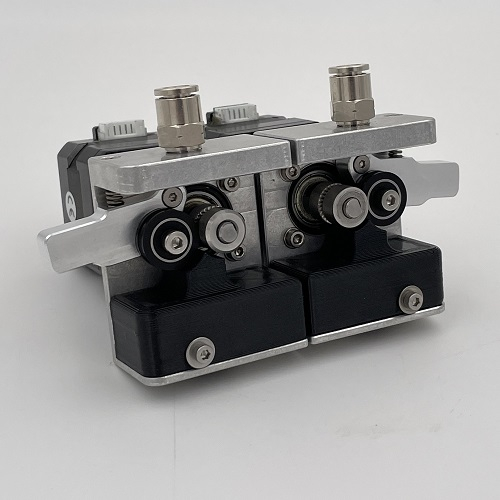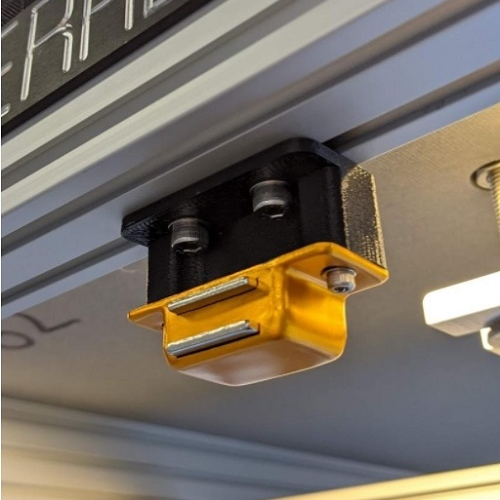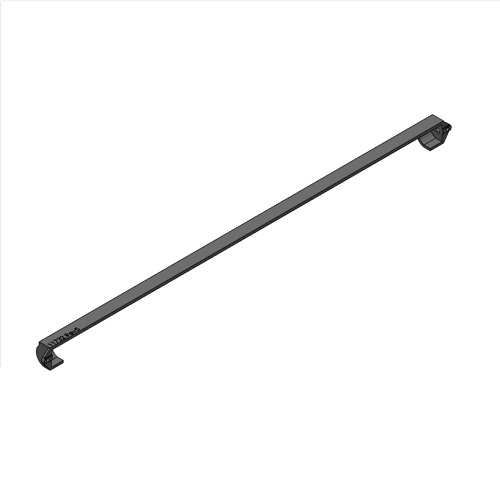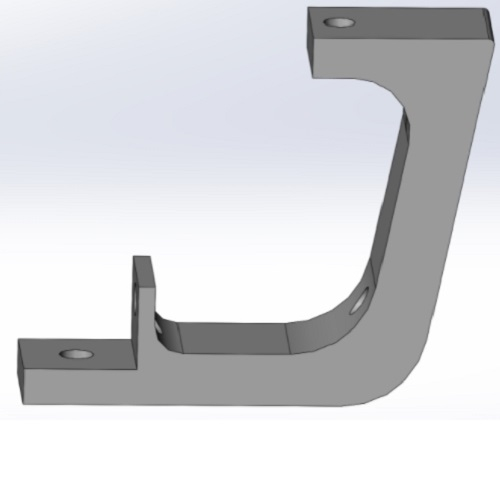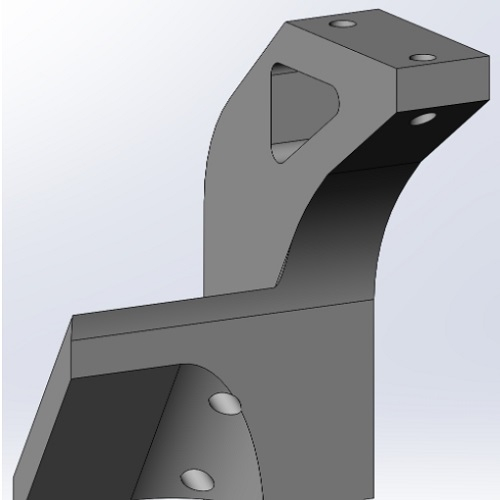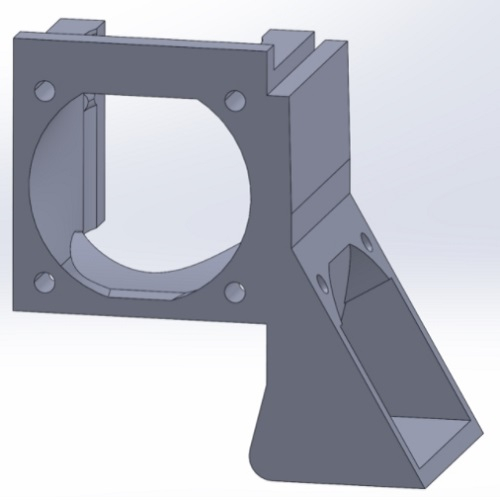Kate Reed is a Boston-based designer building wearable technology, leveraging principles of nature, to connect humans and computers. These wearables harness human biological input and output methods through the combination of unstable media, experimental interfaces, and augmented materials.
Kate built her first wearable when she was 13. Since then, she has designed, engineered and built over a hundred wearable computers. Her designs and inventions have been featured at the White House, New York Fashion Week, MoDA, the Hackaday Superconference, MIT Museum, and more.
In 2016, Kate visited President Obama at the White House to demonstrate the function of the 3D-printed hand drive wheelchair attachment she had created with her classmates.
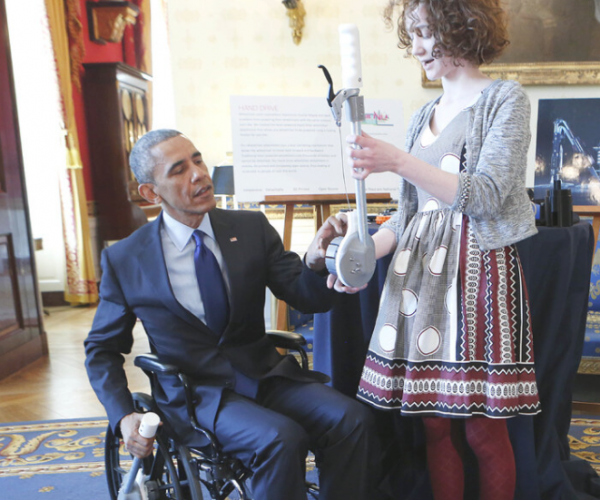
When Kate reached out for assistance, re:3D, Inc.was excited to help her complete her collection for the Fabricademy.
In a world where so many of today’s wearable devices give off a sci-fi vibe, Kate’s goal was to create a wearable that looks and feels like it is a part of our planet. This wearable collection was designed using nature’s algorithms to not only feel natural to our body but natural to the planet as well.
One centerpiece of the collection is called Root, a shoe that is grown around the wearer’s foot. It uses mushroom differential growth logic to simulate real mushroom growth patterns. One interesting aspect of this design is that it was able to be 3D printed on a Gigabot XLT with virtually no support because this type of mushroom grows in nature in a way that naturally supports itself.
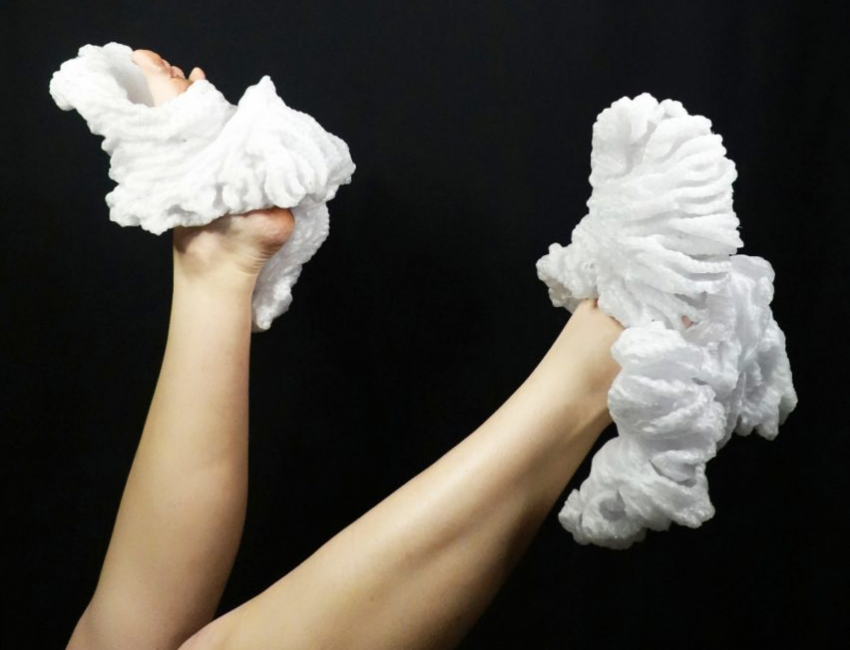
Another one of my favorites is Sea sprouts, which shows what barnacle forms may look like if they grew on a human. The barnacles were parametrically grown using Rhino and Grasshopper, then 3D printed and paired with different organic counterparts like mushrooms or flowers. All of this together created living clothing that continues to evolve with the wearer. This beautiful piece was printed with PETG on a re:3D Gigabot XLT and took just over 230 hours to complete.

To learn more about her work visit beyondbiomimicry.com
JODY COCHRAN
Blog Post Author

